Georgia, Inland Waterways, National Category
Startup Uses Drone for Cleaning Water, Collecting Data
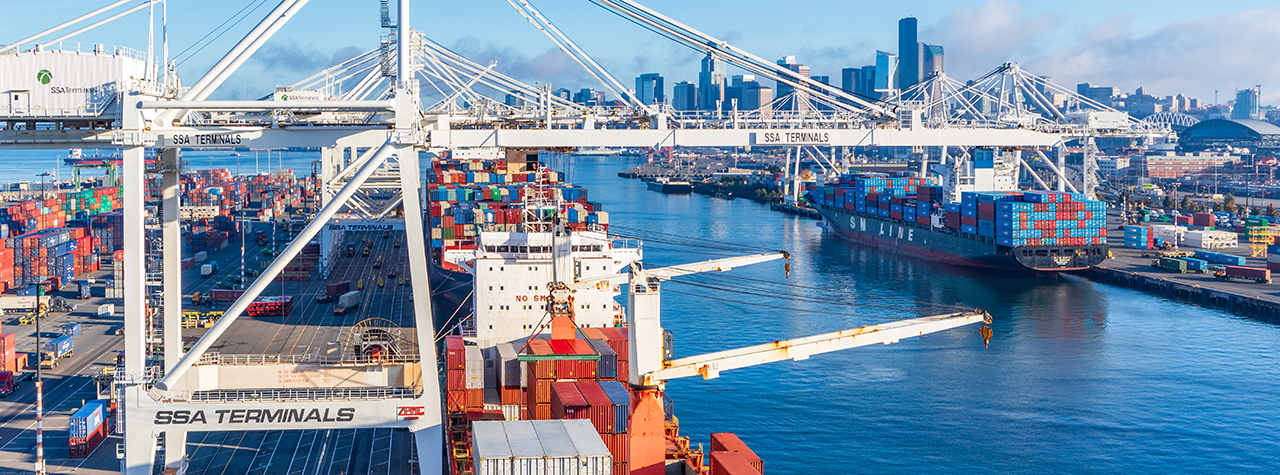

Ports are an essential component of the U.S. economy, supporting $2.89 trillion in GDP. The ports sector continues to adjust to the disruptions brought about by the COVID-19 pandemic, which caused an initial decline in containerized imports followed by a surge due to an increase in consumer-driven economic activity. Ports facilitate the movement of goods and connect American manufacturers and households with international trade. U.S. ports support more than 21.8 million jobs, including maritime industry professionals and suppliers. Recent federal investments nearly doubled annual funding levels for programs such as the Port Infrastructure Development Program to $450 million per fiscal year, allowing America’s ports to more robustly assess, balance, and address their waterside and landside needs. Meanwhile, ports are increasingly contending with the current and future impacts of extreme weather events, which present unique challenges to their coastal facilities that are susceptible to sea level rise.
handled 743 million tons of cargo
in 2023
$38 billion in future needs
between 2024 and 2033
can delay
the movement of goods
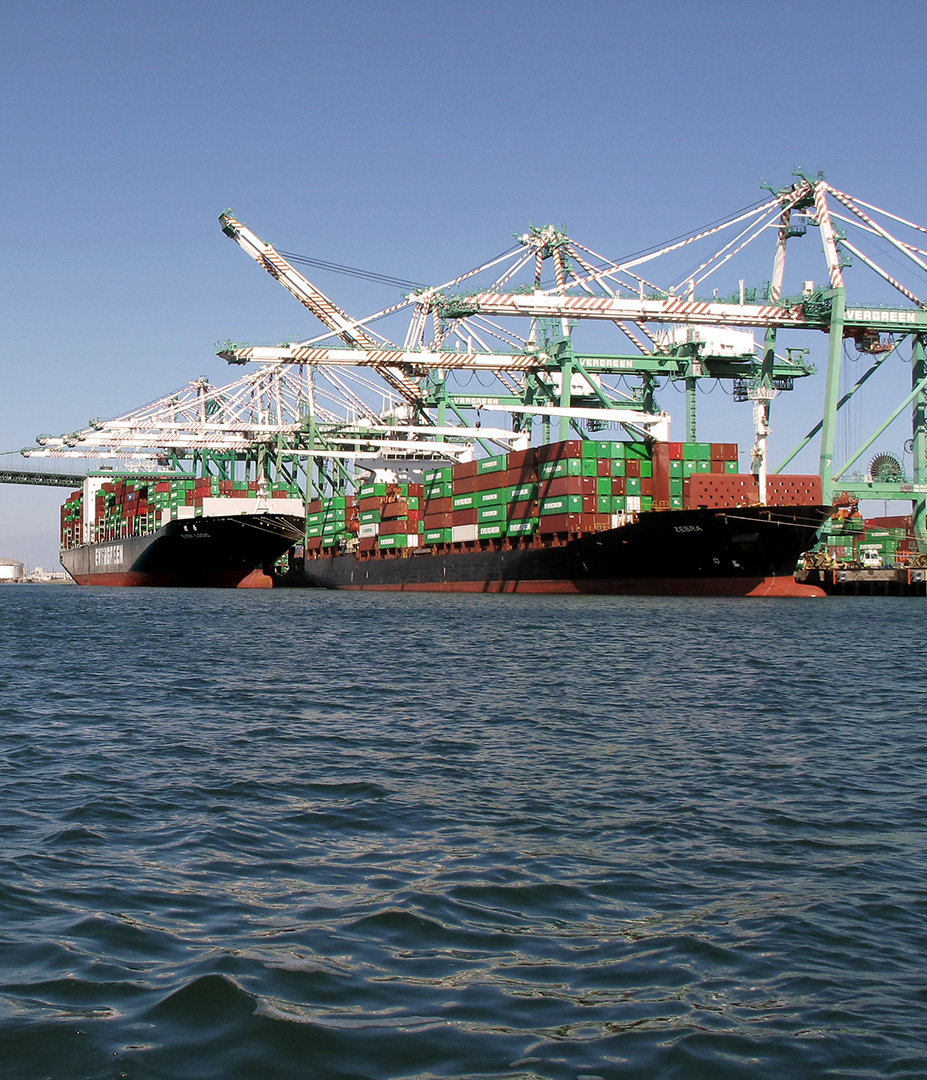
The nation’s ports handled 41.5% (or $2.1 trillion) of U.S. international trade by value in 2023. Furthermore, approximately 743 million tons of cargo, or 15%, of domestic freight is carried by water and must move through the nation’s ports.
Federal, state, local, and private sector funding support port infrastructure. Waterside infrastructure needs, such as maintenance dredging, are paid for through the federal Harbor Maintenance Trust Fund (HMTF). The HMTF collects revenue through a 0.125% user fee on the value of the cargo shipped. Although intended specifically for maintenance dredging, the fund has also been used for other port infrastructure purposes. The Water Resources Development Act (WRDA) of 2020 included full utilization of the $10 billion balance of the HMTF by allowing $500 million to be appropriated in Fiscal Year 2021, with an increase of $100 million annually until 2030.
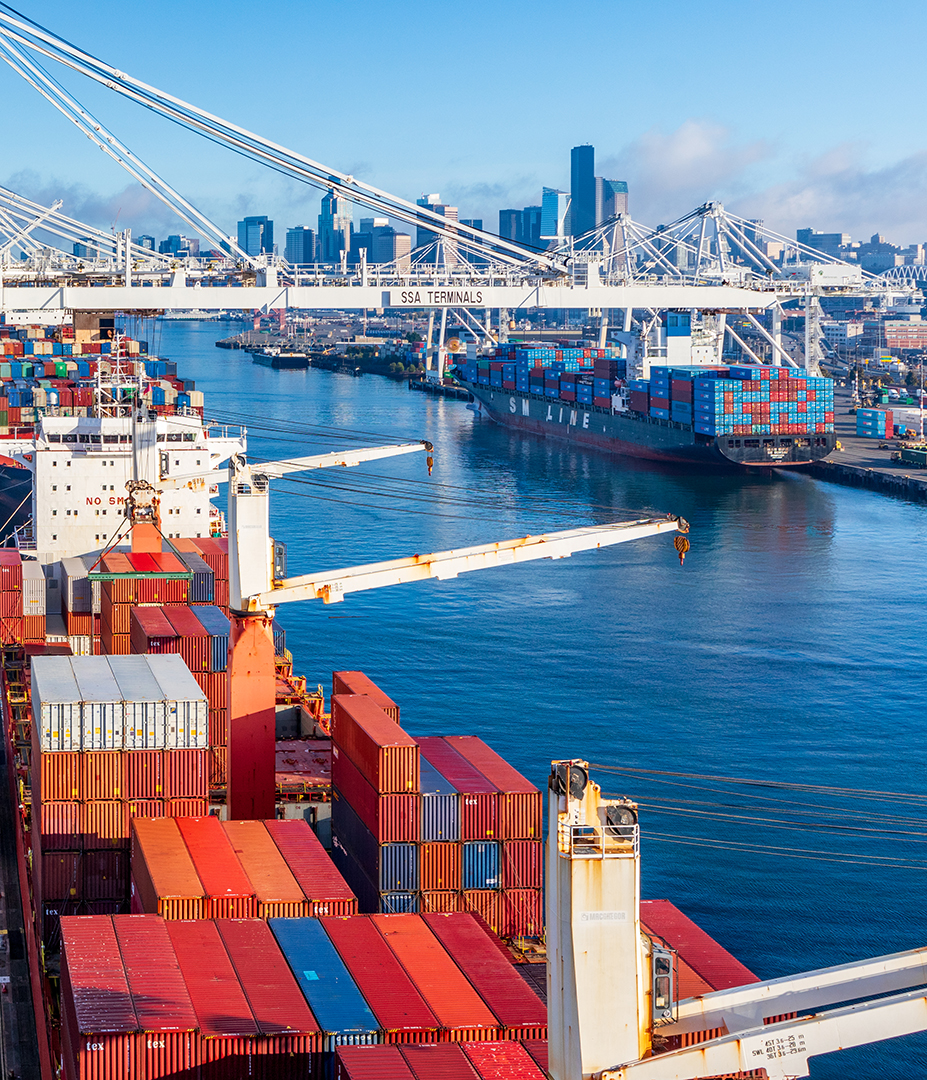
U.S. port governance is unique because there is no national port authority. Rather, authority is dispersed through federal, state, and local levels of government. Some ports are privately owned and operated, whereas government authorities manage others. Port authorities are government entities that either own or administer the land, facilities, and adjacent bodies of water where cargo is transferred between modes. Port authorities manage the infrastructure within ports, including docks, terminals, and storage facilities. At the federal level, the USACE is responsible for deepening and maintaining federal shipping channels to keep them safe and navigable.
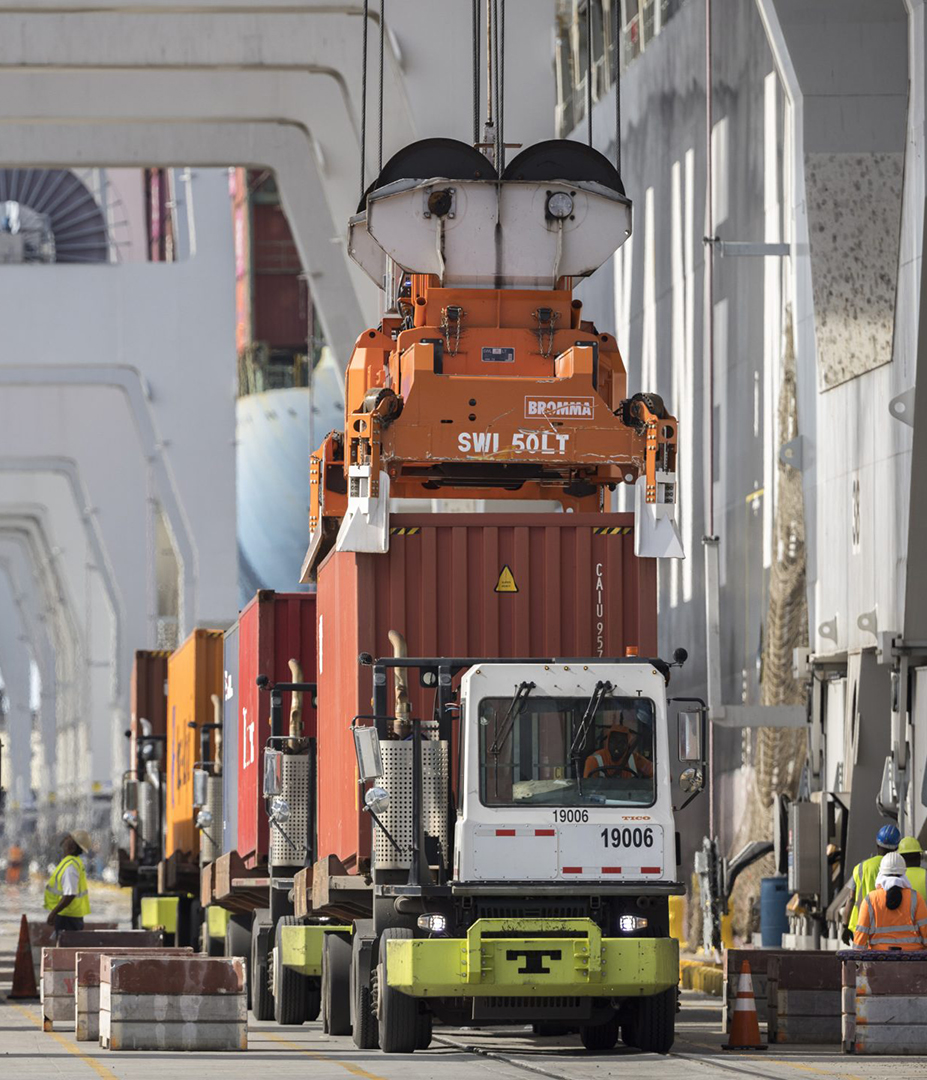
Prompted by environmental concerns and regulatory pressures, ports have demonstrated efforts to address the effects of climate change. Sea level rise along the U.S. coastline is projected to increase between 10 and 12 inches in the next 30 years. Rising sea levels can damage port infrastructure and disrupt commerce, leading ports to consider solutions such as raising structures and electrical equipment and building protective barriers. The Hawaii Department of Transportation manages the state’s harbors and conducts light detection and ranging (LiDAR) scans to see which piers would be susceptible to overtopping.
Many recent examples of port innovation stem from efforts to cut emissions. The maritime sector requires vast amounts of energy for vessel propulsion, ground transport, cargo handling equipment, and electricity generation. Some ports have embraced innovation, such as the electrification of equipment, to comply with air quality mandates and reduce emissions. The Ports of Los Angeles and Long Beach use shore power, which allows vessels to connect to the electrical grid while berthed instead of relying on their engines for power. Shutting down their engines reduces air pollution, improving air quality in the port area and surrounding communities.
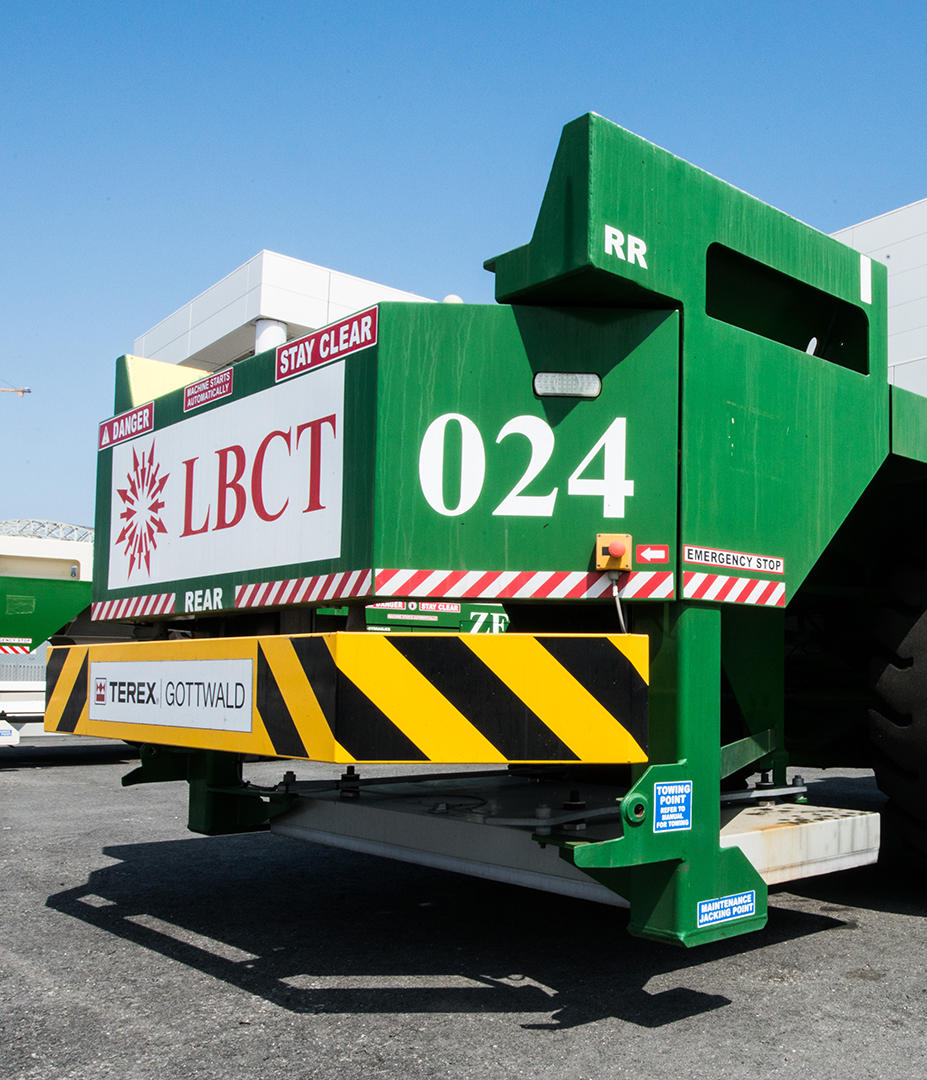
Photo Attributions

Select your home state, and we'll let you know about upcoming legislation.
"*" indicates required fields